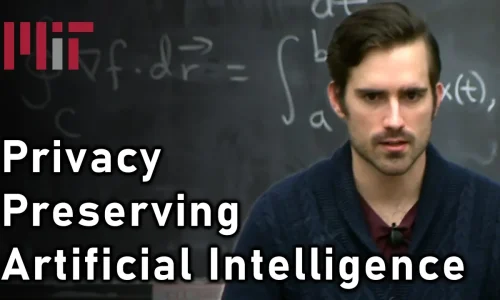See all Lex Fridman transcripts on Youtube

Privacy Preserving AI (Andrew Trask) | MIT Deep Learning Series
1 hours 13 minutes 50 seconds
🇬🇧 English

Omnivision Solutions Ltd
- Getting Started
- Create Transcript
- Pricing
- FAQs
- Recent Transcriptions
- Roadmap

1 hours 13 minutes 50 seconds
🇬🇧 English

Omnivision Solutions Ltd